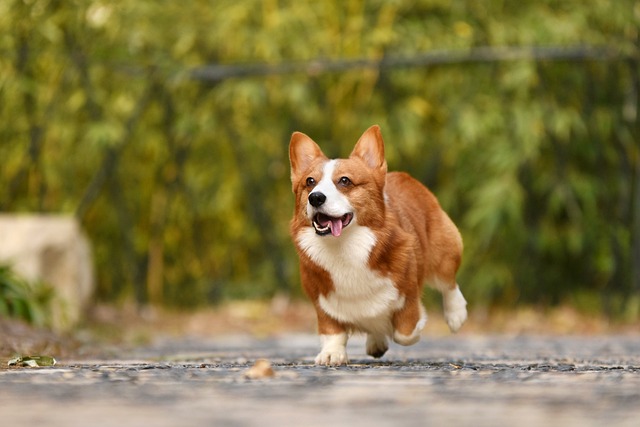
How can I tell if my dog's heatstroke is serious
Let’s be real: It’s a sticky August morning in Los Angeles, and you took your 2-year-old Golden Retriever, Max, for a walk a little later than usual
Ever stood by your dog’s water bowl, wondering if they’re drinking enough—or maybe too much? As a new dog owner in the U.S., keeping tabs on your pet’s hydration is key. Whether you’re strolling through Central Park or relaxing in your LA apartment, understanding how much water is normal for a dog to drink daily can help you spot health issues early and keep your furry friend happy.
Dogs need water to survive, just like us. It helps with digestion, circulation, and regulating body temperature. On average, dogs should drink about 1 ounce of water per pound of body weight daily. So, a 50-pound Golden Retriever would ideally gulp down around 50 ounces, or just over 6 cups. But this isn’t a one-size-fits-all rule. Factors like activity level, diet (wet food contains more moisture than dry kibble), and weather play a huge role. During a hot Texas summer, your jogging - loving Labrador might lap up twice as much water compared to a chilly winter day.
To figure out if your dog’s water intake is on track, start by observing their behavior. Thirsty dogs might paw at their water bowl, pant excessively, or have dry gums. Check the color of their urine too—pale yellow is perfect, while dark yellow could mean they need more H2O. Keep fresh water available at all times, swapping it out twice a day to prevent bacteria growth. You can even invest in a pet - friendly water fountain, which many dogs prefer because they like the moving water, just like my neighbor’s Australian Shepherd, who suddenly drank more after getting one.

Now, let’s tie this to everyday pet care in the U.S. Always ensure your dog’s vaccinations are up - to - date, as required by law in all states. A dehydrated dog is more vulnerable to infections, and missing rabies or distemper shots can lead to fines or quarantine. When walking in the community, follow leash laws (most areas require a 6 - foot leash) and carry a collapsible water bowl. In places like New York City, leaving your dog without access to water during a long walk isn’t just inhumane—it goes against animal welfare guidelines. And never punish your dog for accidentally knocking over their water bowl; use positive reinforcement, like praising them when they drink calmly.
If you live in an apartment, place the water bowl away from noisy appliances or high - traffic areas, as some dogs feel anxious drinking in busy spots. Remember to clean up after your dog in public spaces too; failing to pick up poop can cost you up to $250 in fines in cities like San Francisco.
By staying mindful of your dog’s water needs, you’re taking a big step towards keeping them healthy. When in doubt, consult your vet—after all, a well - hydrated dog is a wagging - tailed dog.

Let’s be real: It’s a sticky August morning in Los Angeles, and you took your 2-year-old Golden Retriever, Max, for a walk a little later than usual

You're enjoying a summer afternoon at the park when you notice your dog has stopped panting and appears disoriented - their gums are bright red

Let’s paint the picture: You’re in your Denver apartment, watching your 4-year-old Boston Terrier, Ruby, plop down mid-play session with her favorite toy

Many dog owners notice their pets nails seem shorter after regular walks,but how much does this daily activity actually help?The answer depends on where you walk—concrete sidewalks or asphalt streets gently file nails as a dog's paws hit the ground

Most dog owners notice their pup scooting across the carpet at some point, but few connect it to impacted anal glands. These small sacs near a dog’s rectum secrete a scent for marking territory

Most vets agree that regular dog teeth cleaning is key to avoiding painful dental issues later. For healthy adult dogs, a professional cleaning at the vet’s office every 12 to 18 months usually works well.